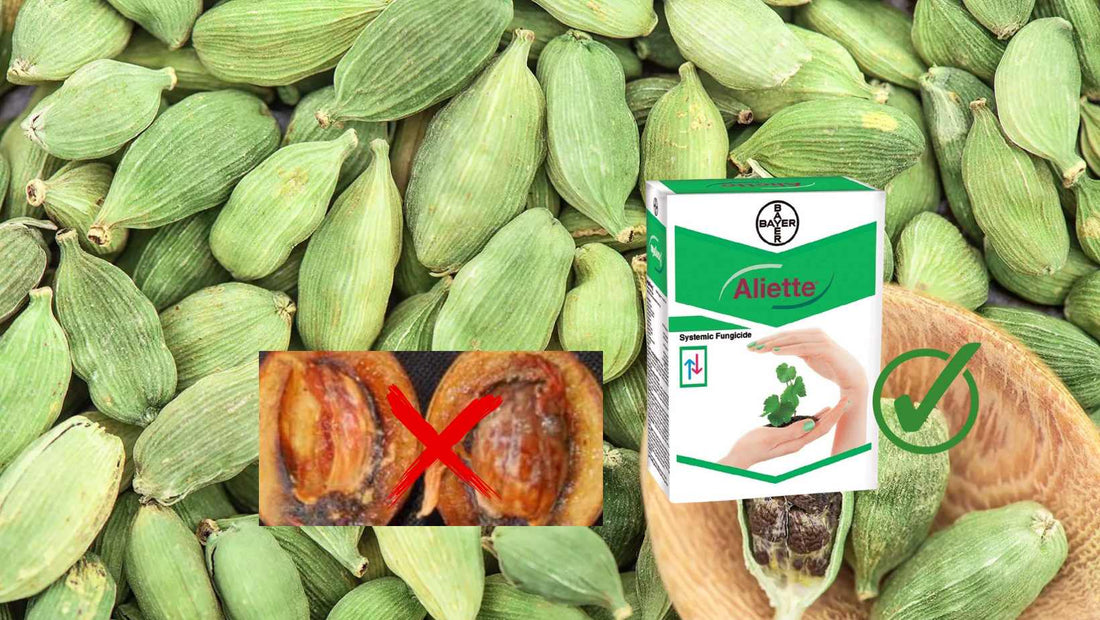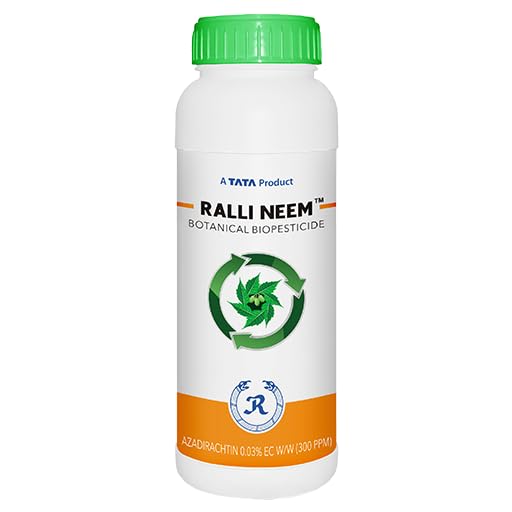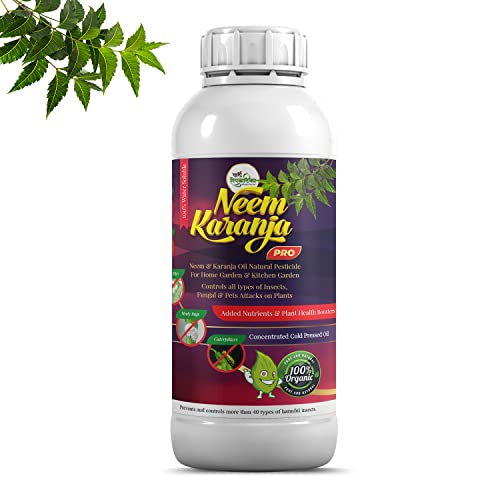
Controlling Azhukal disease of Cardamom in most economical way
Share
Cardamom is one of the most important cash crops grown in India, providing a livelihood for millions of farmers and their families. It is cultivated in over 10 states, with Kerala, Karnataka, and Sikkim being the major producers.
According to a 2018 report by the Indian Council of Agricultural Research (ICAR), cardamom is cultivated on an area of over 100,000 hectares in India, with an annual production of over 10,000 tonnes. The majority of cardamom production is concentrated in the smallholder sector, with over 90% of farmers having less than 2 hectares of land.
Azhukal disease, also known as capsule rot or fruit rot, is a fungal disease of cardamom that can cause significant yield losses. It is caused by the fungus Phytophthora capsici, which is most active during the rainy season.
Symptoms of capsule rot
The disease can affect all parts of the cardamom plant, including the leaves, stems, fruits, and rhizomes. Symptoms on the leaves include water-soaked spots that turn brown or black and enlarge rapidly. The leaves may also shred and fall off. On the stems, the disease causes brown lesions that can lead to wilting and death of the plant.
The most severe symptoms are seen on the fruits, which become dull greenish-brown and rot. The infected fruits may also fall off prematurely. In severe cases, the entire plant can die.
Management of capsule rot
There is no cure for Azhukal disease, so management is focused on prevention. This includes:
- Planting healthy rhizomes from disease-free areas.
- Providing good drainage for the crop.
- Avoiding overhead irrigation.
- Using balanced fertilization practices.
- Removing and destroying infected plants.
- Spraying with fungicides such as Bordeaux mixture or copper oxychloride during the rainy season.
If you suspect that your cardamom plants are infected with Azhukal disease, it is important to contact a qualified agricultural advisor or plant pathologist for assistance.















